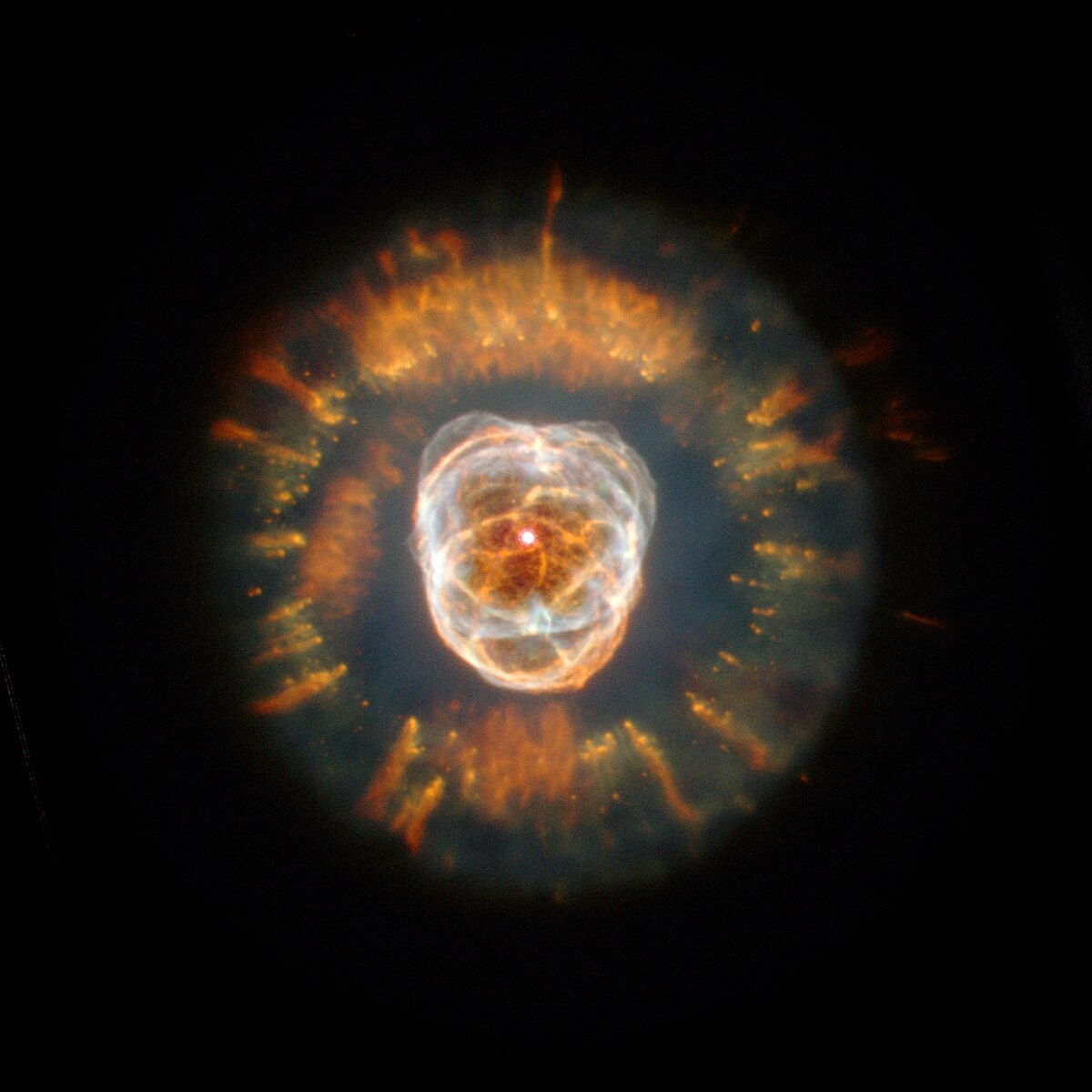At some point in your time on the internet, you may have come across a video of what different objects in space sound like, such as planets in our solar system, or objects such as black holes or nebulas. The sounds you hear in media such as this are derived by something known as data sonification. The process of sonifying astronomical data involves collecting observational data from telescopes - for example, NASA's Chandra X-Ray Observatory, the Hubble telescope, JWST, etc. - and translating it into a frequency which corresponds to such data. Essentially, an image of a celestial object is assigned pitches and volumes corresponding to different characteristics of the image in order to generate a sound that represents it. This allows people to experience the wonders of space through different senses, such as hearing, which is a very fascinating and immersive thing to experience considering that we don't actually know what celestial objects could sound like because sound has no way to travel through space.
The sonification process is slightly different for each object being observed and translated to sound. Some aspects of the sonification of astronomical data include louder volume and higher pitch for brighter portions of an object (sometimes different colors are also a determinant of pitch, depending on the object), and in some cases, the different elements of the sonification are produced from scanning the data differently. For example, an article from NASA details the sonification of different objects in space - titled "From Space to Sound." One of the objects, nebula NGC 2392 was sonified by "scanning the image clockwise like a radar," where light that was farther from the center of the image was assigned a higher pitch, and brightness modulated the volume. This sonification can be viewed at this link:
Another interesting example of a different sonified image is the Abell 370 galaxy cluster. In the aforementioned article, NASA details that the brightness and position of the objects in the photo generated the sound waves. Similar to NGC 2392, the brighter objects in the image correlate to louder sounds, with the overall sound being scanned from left to right, and the frequency increasing from the bottom to the top of the image. The sonification of Abell 370 can be viewed here:
Sources:
"A Universe of Sound," NASA, Chandra X-Ray Center. Accessed 26 Oct 2022.
"Explore - From Space to Sound," NASA, Hubble Space Telescope. 3 June 2022.


Comments
Post a Comment